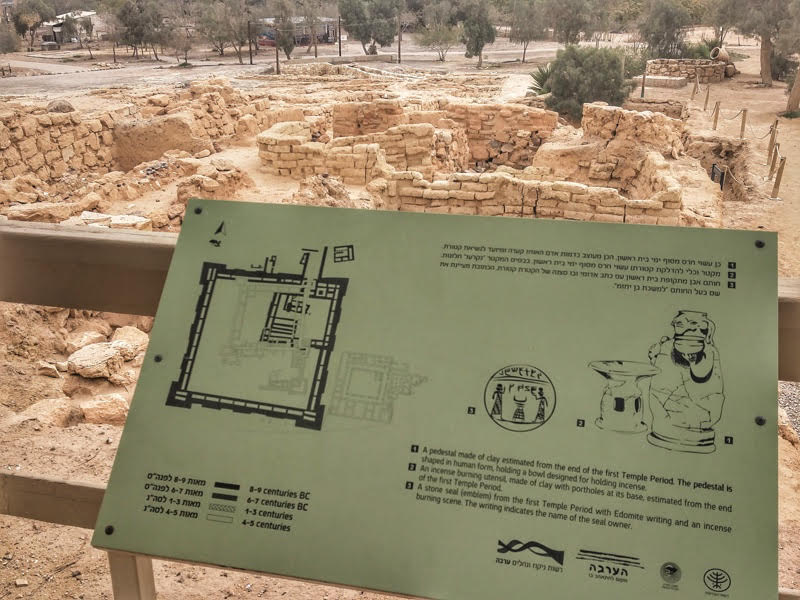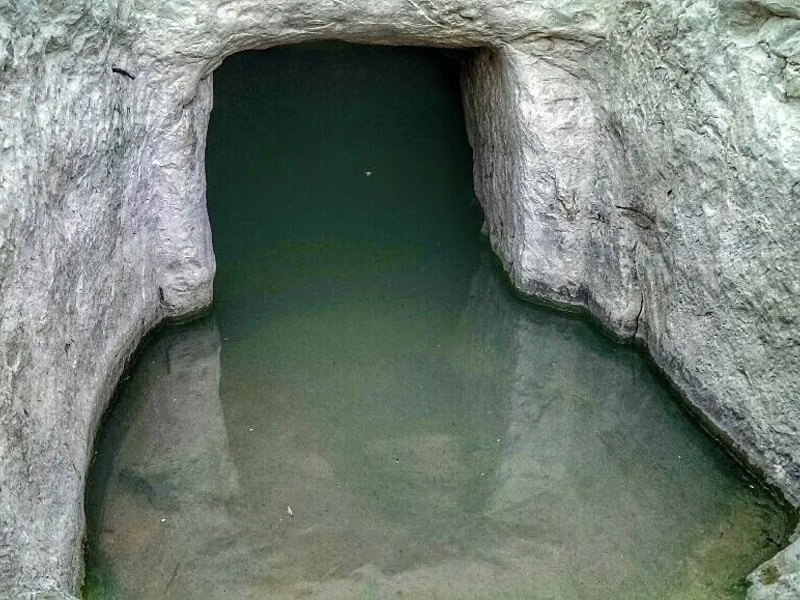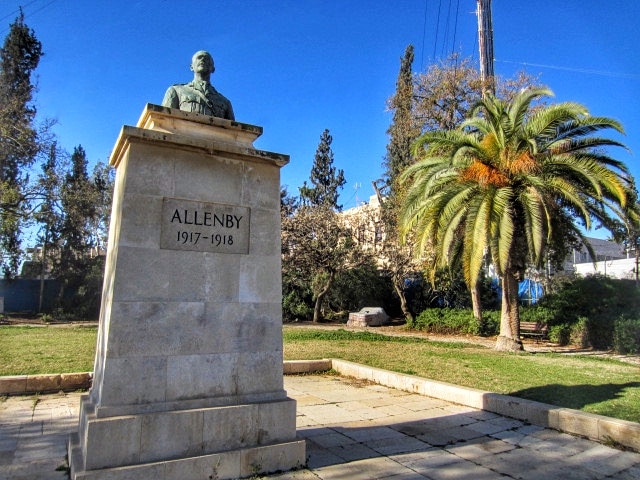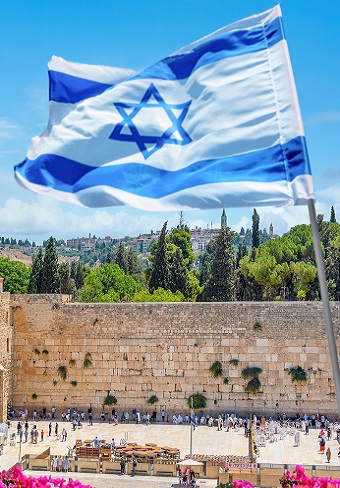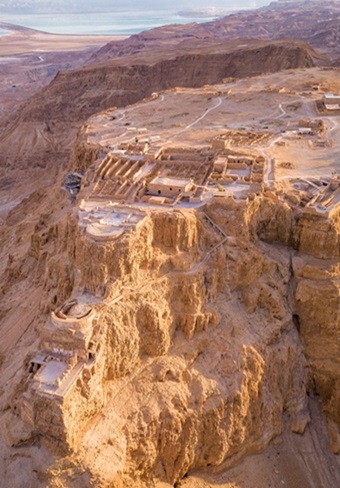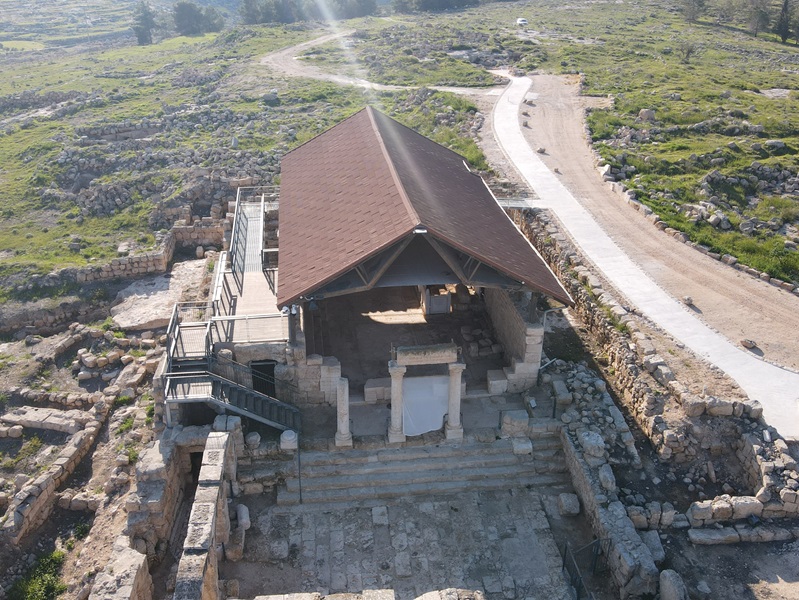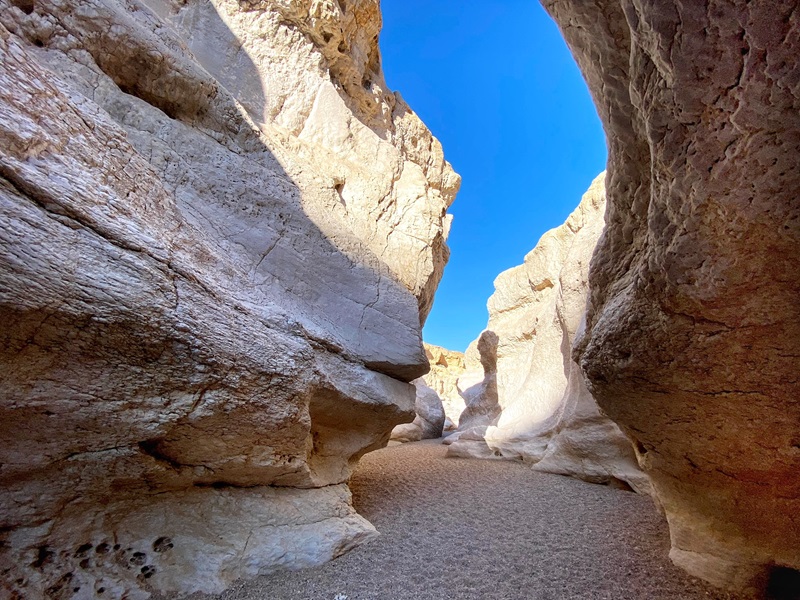Haluza
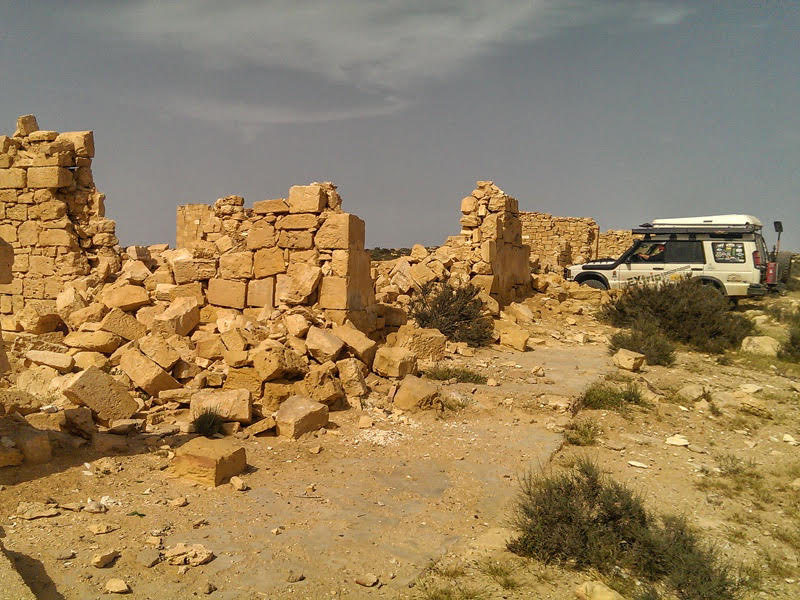
Set in a remote part of the Negev, Haluza was once an important caravanserai along the Nabatean famed Incense route. In the Roman and Byzantine periods, it evolved to a big city, yet following the Muslim conquest the site was eventually abandoned.
The remains of ancient Haluza were systematically looted in the 19th by the Ottomans to build Gaza, and so very little of the ancient city is visible today.
Several archaeological expeditions excavated in Haluza, yet in some cases the finds were reburied for their protection. The city’s cathedral for instance is no longer visible, yet its capitals are on display in the nearby kibbutz Revivim.
The Incense Route and the Negev
The ‘Incense Route’ was a network of ancient roads that enabled transferring precious spices and perfumes across the Arabian Peninsula to the Mediterranean coast. The full length and exact path of the Incense Route is still not fully known. It began somewhere in Yemen, passed through Mecca, Medina, Petra, and ended in the ports of Gaza and El-Arish. The path from Petra to the Mediterranean coast is better documented. It passed the Aravah and the traversed through the heart of the Negev, including a difficult cross of the Ramon Crater. Today, the route and its related archaeological sites are UNESCO World Heritage Sites.
Touring Haluza
Today, most of the visible finds are of the abandoned Arab village of al-Khalsa built over the ruins of ancient Haluze / Elusa. The site can only be reached by the off-rad vehicle, and only on weekends, as it is a military training zone.
A visit to the site can be combined with an off-road day tour along the ‘Incense Route’.
